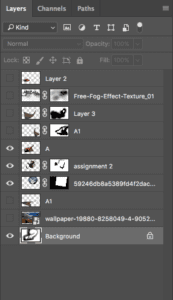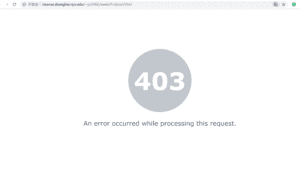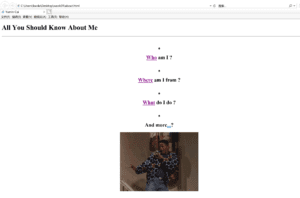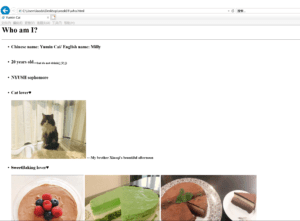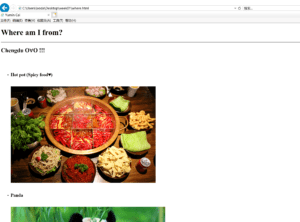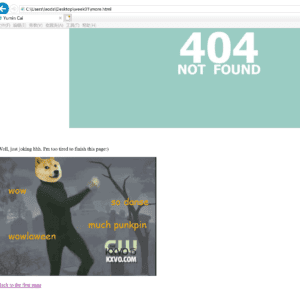Group member
Milly Cai & Daisy Chen
Project idea & storyboard
The general view:

Left part:
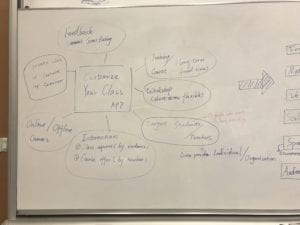
Right part:
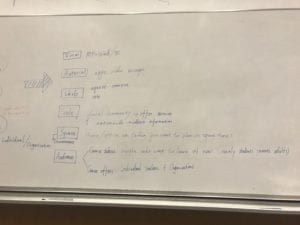
After discussion of several prototypes, we eventually settle down our project idea, which aims to design an APP that helps people customize their class according to their own needs. It’s like a courses version of “DZDP(大众点评)+Didi”. We mainly want to design this app as a two-direction platform: from one side, it enables people who want to learn something new to contact the teacher(s)/coaches directly; from the other side, it also enables people who want to teach to get their potential students.
This platform will contain come out as both mobile phone app as well as the web on PC, where information about online/offline courses and workshop would be provided to the users. Ideally, everyone who has the will to learn or teach could be our audience. However, based on the situation in real estate, the potential users may mainly lie in the age of 20-40, as this group has the ability to independently manage their spare time and income. Besides, they are also the group who are most likely to welcome new products.
Nowadays, as a result of social competition, there is an increasing demand for people to learn more things in order to either enrich their skill sets or just for fun; besides, with the rapid development of internet and social application, more and more individual teachers or coaches start up their own career instead of working for an organization. However, as for students, local organizations or institutions have a lot of shortcomings: not offering the exact course they need, costing too much time to go or not fitting to their own schedule… As for teachers, people who want to teach or earn an extra fee and do not want to fix their time to the organizations as well as the people who do earn a special skill (painting/drawing) but probably do not have a certificate, our platform also provide them with a easy way to reach out to the potential students. Apart from the users, compared with the existing platform who contain related content (eg. the online courses, wechat…) they still do not have a smart and clear way focus on this service. Instead of the indirect way of teachers and students to match each other in the previous time, we design this project to eliminate this inefficiency. Without intermediary institutions or organizations, students could gather together according to their personal demands and request teachers to set up a class. In addition, it is also a chance for teachers/coaches, especially the individual practitioner, to accept the request or offer their own class according to their own schedule with high flexibility. In other words, this APP aims to address this problem by connecting these two parts – students can find the teacher through class request and teachers can find students through these request or by offering classes.
Story Board
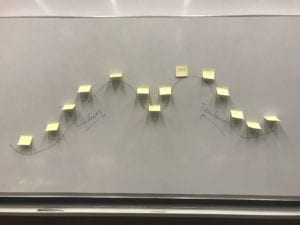
Our storyboard starts from two sides (students, teachers) and approaches the same “happy ending”.
From Students’ side
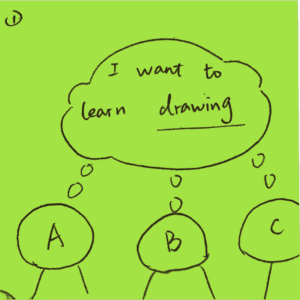
Students ABC want to learn drawing.
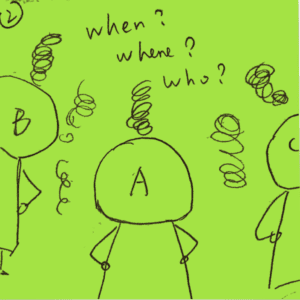
They are troubleing thinking about how to get a pleasing course.
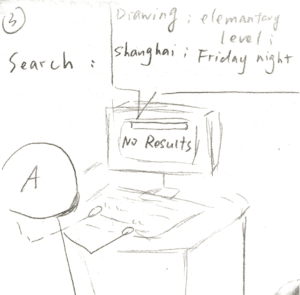
After searching online with their demands, no results fit them.
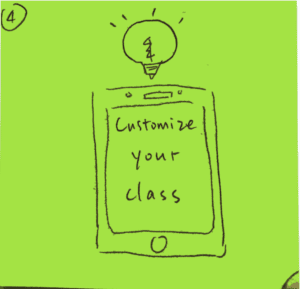
Here comes our app: to customize your class!
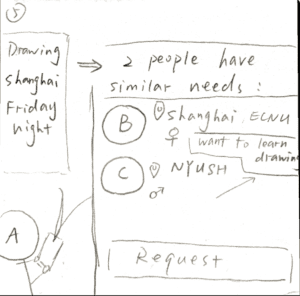
A type in his needs, it soon shows that he has the similar demands with B and C.
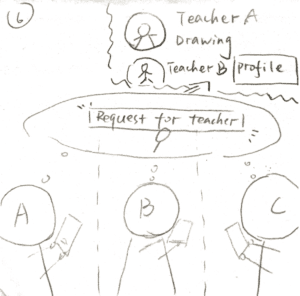
And the platform also recommends the teachers who fit their requirements.
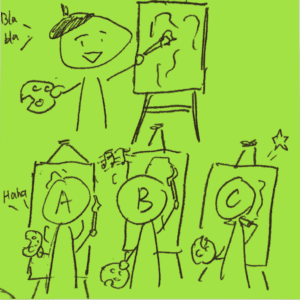
Finally, they select a teacher and set up a class and learn happily.
From the teacher’s side
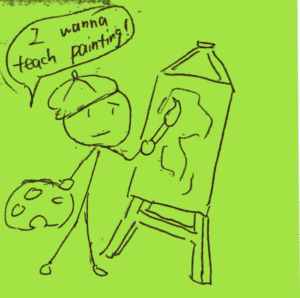
Painter Mr. Hat wans to teach painting.
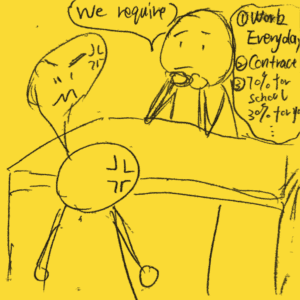
However, he gets annoyed by the boss’s requirements of a painting organization.
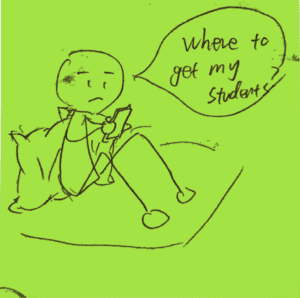
He wants to find his students but wondering where to go.
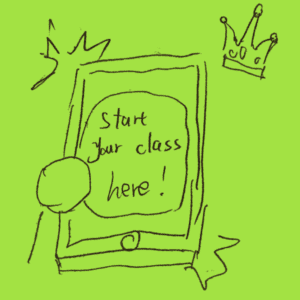
Suddenly, he finds our app says to start your class here!
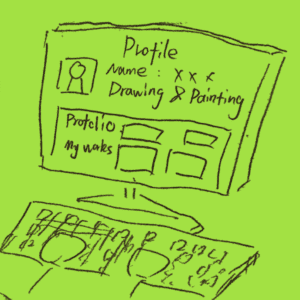
He types in his personal information as well as his profolio.
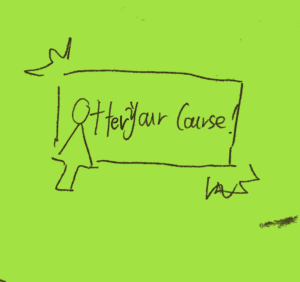
Then starts to offer his class on the app.
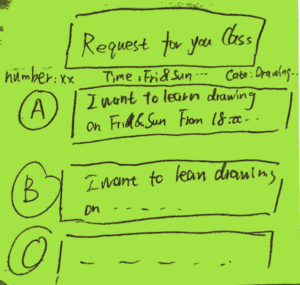
The platform soon shows him the requests from the students that fit his demands.
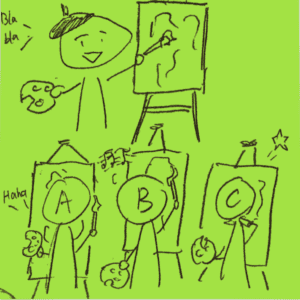
He then starts up his class and teaches happily.
Reflection & Conclusion
Our inspiration comes from both public rating apps such as 大众点评DZDP and also the app with the costumer-request model like Uber and Didi. However, we also add the group-match and group-purchase element in this project. Further improvements on functions and UX design will be made in the following week when the user research goes further. But unlike Didi/Uber in which the first-comer takes the order, here it’s up to the person who sends the request to decide the teacher. The students can also find people who have similar class interest to them to be their classmates. Or they can also invite their friends to join and send a class request as a group.
Of course, this idea is far from complete. Further improvements on functions and UX design will be made in the following weeks when the user research goes further.









